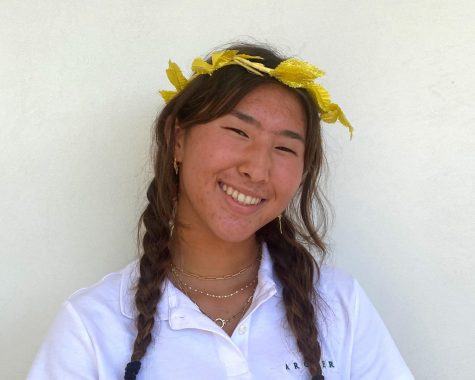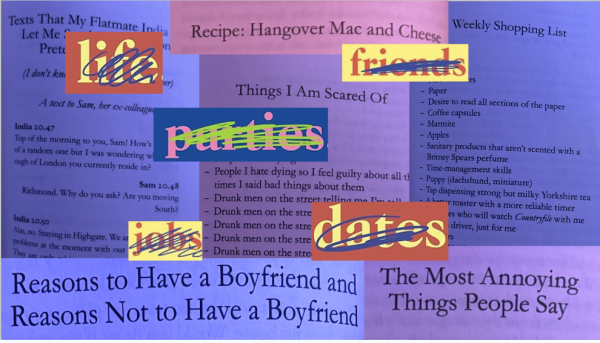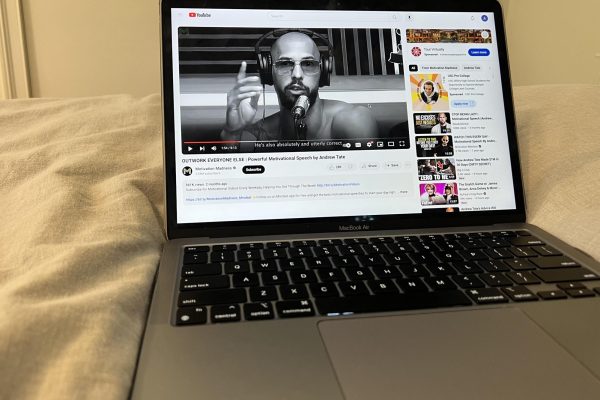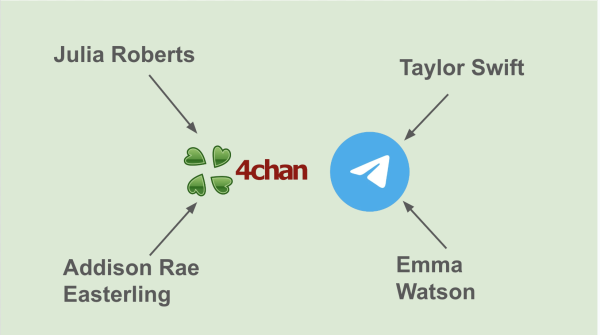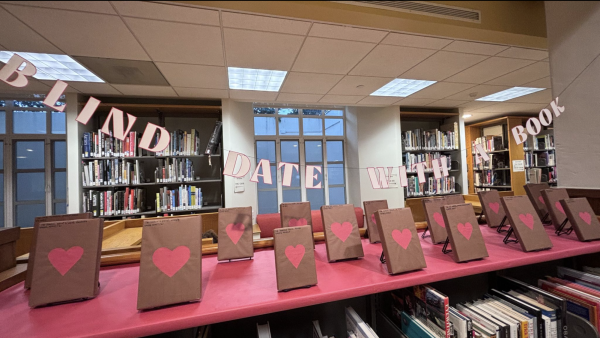Column: “Ohana means family”
Photo credit: Sydney Frank
Disney’s 2002 film “Lilo and Stitch” is getting a live action reboot, set to release in 2024. Recently, the film has come under fire, though, for its seemingly whitewashed casting decisions. (Graphic Illustration by Sydney Frank)
May 15, 2023
Countless classic Disney animated movies have been resurrected and brought back to life via film in the past few years, ranging from the “Jungle Book,” to “Beauty and the Beast,” “Mulan” and more.
Earlier this month, Disney announced their newest project: the 2002 film “Lilo and Stitch” will be getting its very own live-action remake.
“Lilo and Stitch” follows the life of a lonely 6-year-old girl, Lilo, and her sister Nani. The sisters adopt a “dog,” who turns out to be a bright blue alien named Stitch. Lilo and Stitch quickly become best friends as she helps him ward off other aliens trying to capture him.
Following the announcement of this reboot, the film has come under fire for its casting. Six-year-old Maia Kealoha will play Lilo, and 22-year-old Sydney Elizabeth Agudong will play Nani. Although Kahiau Machado was originally cast to play Nani’s boyfriend, David, he was recast due to past comments he made on social media; Kaipo Dudoit will take his place.
While all of these actors have Hawaiian ancestry and grew up on the islands, Maia Kealoha — who closely resembles Lilo — was the only one to be praised for it. When fans placed Agudong next to her animated counterpart (Nani), there was an immediate outcry.
According to NBC News, “While some celebrated the casting, many Native Hawaiian fans said they were hoping for an actor who wasn’t white-passing and whose features reflected those of the island’s Indigenous population.”
This introduces a topic called colorism, which is not to be confused with racism. Colorism is a type of “prejudice or discrimination especially within a racial or ethnic group favoring people with lighter skin over those with darker skin” and is extremely common in Asian culture.
“Dating back many centuries, countries in Asia have long been associating beauty with fairer skin,” Madison Barnes said in an article for the Asian Youth Act, a non-partisan organization that aims to bring Asian communities together and create meaningful conversations. “Instances of this belief in the mainstream can date back to 710 AD Japan when Geishas with matte white skin were popular, continuing on in modern-day Asian media where white-washing became a fad within Asian entertainment netizens and officials … Colorism is most prominent among people of the same ethnic or racial group.”
Another reason why so many people are upset at Disney’s seemingly blatant disregard for the original characters’ appearances is that they are integral to the plot of the film. Lilo and Nani are targeted for their darker complexions, and removing this part of their identity would interfere with the age-old story. Brown and dark-skinned Asians have been historically left out and overlooked in media and society, so this representation is that much more important.
In contrast, some have made the point that Agudong and Machado are both Native Hawaiian and were raised on the island. Twitter user “MekelKasanova” tweeted, “This situation has legitimately INFURIATED me as a Hawaiian seeing people who know nothing of our culture or history or people try to say who is or isn’t Hawaiian based on the color of their skin … We’re SICK of people who don’t know our culture telling us what we are as it isn’t skin deep.”
I understand both sides of this controversy. On one hand, as a biracial person, I have often struggled to figure out what “category” I fit into. It has taken me a long time to come to terms with the fact that I really do not need to confine myself to being one thing, one race or another. I can coexist freely beyond what society perceives me as.
People were so quick to jump on this argument, probably even without taking the time to research the actors’ backgrounds beyond how they initially looked. How can we possibly define who someone is just by looking at them? Is there really one way that someone can “look” Hawaiian? The answer is no.
But, on the other hand, representation is of the utmost importance, especially for traditionally marginalized communities such as brown and dark-skinned Asians.
Instead of spreading hate toward the actors, we should focus rather on the blatant colorism that Disney’s whitewashing suggests. “Lilo and Stitch” resonated with so many people because of its representation of darker-skinned Asians, so removing this source of expression strips away some of the show’s significance and symbolism.





![Freshman Milan Earl and sophomore Lucy Kaplan sit with their grandparents at Archer’s annual Grandparents and Special Friends Day Friday, March 15. The event took place over three 75-minute sessions. “[I hope my grandparents] gain an understanding about what I do, Kaplan said, because I know they ask a lot of questions and can sort of see what I do in school and what the experience is like to be here.](https://archeroracle.org/wp-content/uploads/2024/03/grandparents-day-option-2-1200x800.jpg)














































